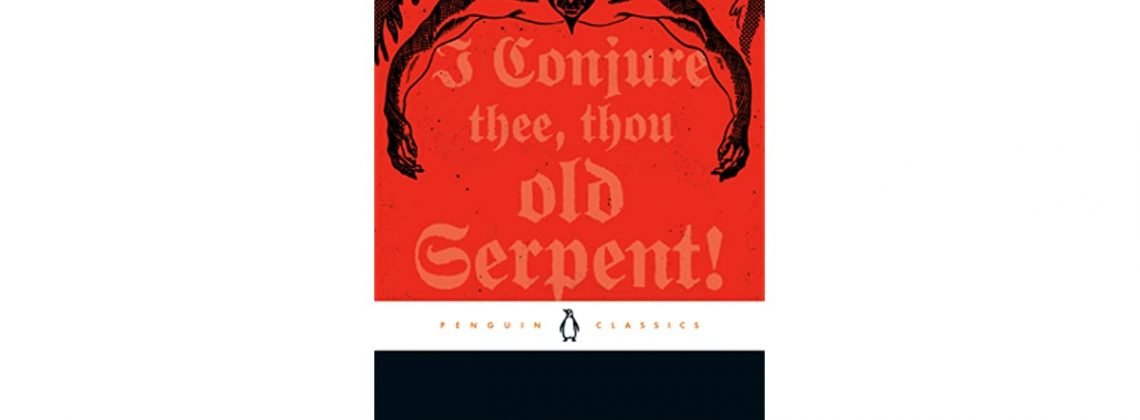

Yes, such a book exists. It is edited by Texas State religious studies scholar Joseph P. Laycock and it is the subject of James Butler’s 3249 word review at London Review of Books. Here is a taste of Butler’s review:
Brossier’s story features in The Penguin Book of Exorcisms, which gathers 37 accounts from ancient Assyria to the 21st-century United States. In his introduction, Joseph Laycock remarks on the common incidence of exorcism across cultures: it is nearly as ubiquitous as the belief in spirits itself. The phenomena addressed by exorcism vary, and so do the means by which it is attempted. Sometimes possession is closely linked to physical illness, sometimes to spiritual malady or social delinquency. Not all cases involve the degrading physical treatment to which Brossier was subjected; other exorcists inveigle, bargain with or bribe their demon antagonists. Some simply ask them what they want. The anthology ranges far wider than the stereotype of the Catholic priest waving a crucifix at a vomiting teenage contortionist: it also includes Protestant accounts of deliverance, mischievous fox spirits from China and Japan, and a fascinating semi-improvised exorcism performed by a Vodou priestess (Vodou treats possession as a predictable and often positive spiritual phenomenon). The Christian tradition predominates, but Laycock doesn’t include the extemporised charismatic exorcisms that are increasingly popular today in the US and the global South. His texts are almost all witness accounts, though there is a quotation from one of the oldest Catholic prayers of exorcism – ‘I conjure thee, thou old Serpent!’ – on the cover.
Few of Laycock’s witnesses are entirely sure what they’re seeing; sceptics as well as believers abound. Exorcism has many theatrical qualities, which are sometimes explicitly embraced in non-Christian examples: illusion is the domain of spirits. Among Christians (as Stephen Greenblatt has observed) these qualities are more problematic. Mimetic art – especially theatre – has troubled many Western thinkers, Christian or otherwise. Christianity is founded on a series of truth claims – the gospel, the saving act, the Church’s access to supernatural knowledge – and mixing these claims into a theatrical display is a precarious business. In its golden age, exorcism was a ritual with all the trappings of theatre, but what was happening was taken to be real in a way theatre was not. Exorcists were eager to produce bodily signs, as if to shake off the taint of rhetoric: bloody crosses on the forehead, names of saints marked on the hand, contortion, levitation, the vomiting of pins. But it’s hard to abjure the theatrical by means of a coup de théâtre, however realistic – a fact many Protestant sceptics seized on with delight.
Few of Laycock’s witnesses are entirely sure what they’re seeing; sceptics as well as believers abound. Exorcism has many theatrical qualities, which are sometimes explicitly embraced in non-Christian examples: illusion is the domain of spirits. Among Christians (as Stephen Greenblatt has observed) these qualities are more problematic. Mimetic art – especially theatre – has troubled many Western thinkers, Christian or otherwise. Christianity is founded on a series of truth claims – the gospel, the saving act, the Church’s access to supernatural knowledge – and mixing these claims into a theatrical display is a precarious business. In its golden age, exorcism was a ritual with all the trappings of theatre, but what was happening was taken to be real in a way theatre was not. Exorcists were eager to produce bodily signs, as if to shake off the taint of rhetoric: bloody crosses on the forehead, names of saints marked on the hand, contortion, levitation, the vomiting of pins. But it’s hard to abjure the theatrical by means of a coup de théâtre, however realistic – a fact many Protestant sceptics seized on with delight.
Read the entire review here.